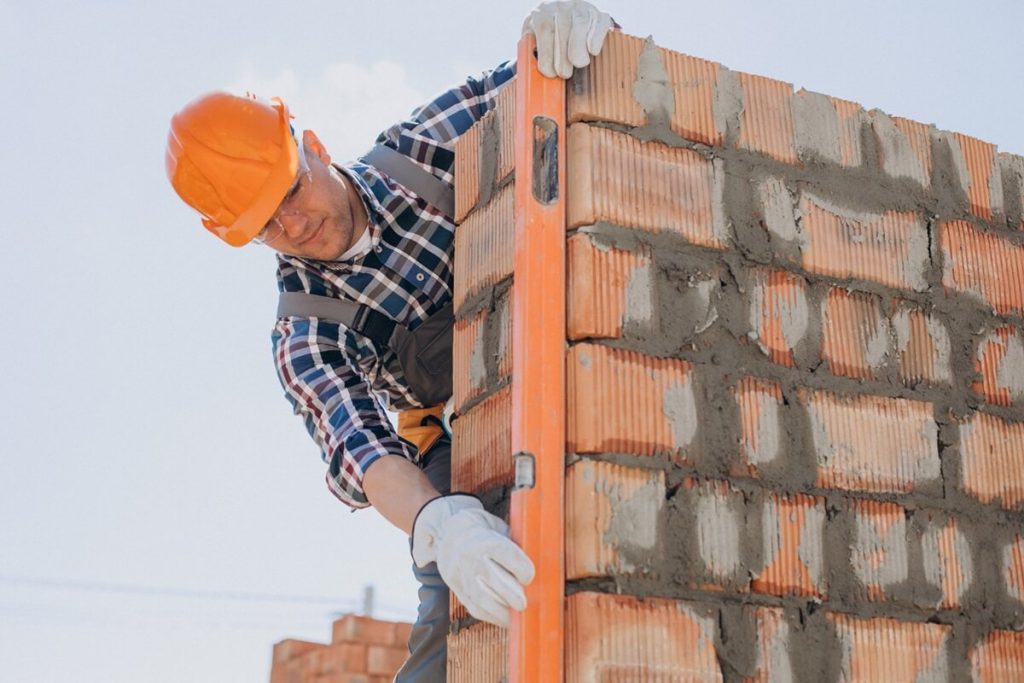Common Bricklaying Mistakes and How to Avoid Them

Bricklaying is no easy task, and if you’re new to it, it can be very easy to make mistakes. If you’re working on a construction or DIY project that involves some form of bricklaying, it would be no surprise if you find yourself worrying that you made a mistake that could derail the entire project. In this post, we take a closer look at some common bricklaying mistakes and what you can do to avoid them and make your next construction or DIY project a success.
Insufficient Preparation
Preparing a site is one of the most important steps in bricklaying, and failing to do so adequately can result in your bricks not being level or even losing their structural integrity. The solution to this mistake is to ensure that you perform sufficient preparations on the site before you start laying bricks. Some of the preparations you will need to take include:
- Surveying the site to get a better understanding of its layout and contours.
- Setting guidelines to ensure that you lay the bricks accurately.
- Marking out the area you are laying bricks in to ensure that you don’t accidentally lay bricks outside of your desired zone.
Incorrect Mortar Mix
Another common mistake that many beginners make is using an incorrect mortar mix. This can result in the structural integrity of the final brick structure being compromised. To avoid this, it is essential for you to ensure that you are using the correct mortar mix that is most suitable for the type of bricks you are laying. You can check with your brick supplier on the recommended mortar mixes when you purchase your bricks or test with different mortar mixes to see which one works best.
Inconsistent Joint Thickness
While this mistake may not have too significant of an impact on the structural integrity of your brick structure, it can affect its visual appeal. Brick structures with inconsistent joint thickness can end up looking weird or misaligned, and this may not be ideal for brick structures that are meant to be visible, such as outdoor brick walls.
To avoid this common mistake, here are some tips that you can take into consideration:
- Using Spacer Guides: Spacer guides can help you ensure that the gaps between bricks are consistent in size so that the final brick structure has a uniform appearance.
- Investing in Quality Tools: Higher quality tools can enable you to lay bricks with greater precision and control, achieving a more uniform result.
- Checking Regularly: At regular points throughout the bricklaying process, check to ensure that the bricks you have laid thus far have uniform joint thickness, adjusting if necessary.
Get Your Bricks from Fulton Brickyard
If you’re looking for high-quality bricks for a construction or building project, Fulton Brickyard is here to help. We are the number one supplier of bricks and paving supplies in Melbourne and can provide advice on the most suitable materials for your project. Contact us today for more information!
Image by senivpetro on Freepik
- Are Sandstone Paver Walkways Safe for Pets and Children?
- Artificial Turf vs Natural Grass: Which is Better for Your Yard?
- Can You Pressure Wash a Wooden Deck?
- The Benefits of Permeable Pavers in Stormwater Management
- The Importance of Proper Drainage Planning for Your Backyard or Garden
- Common Mistakes to Avoid When Cleaning Sandstone Pavers
- How to Repair Broken or Sunken Pavers
To learn more about the outstanding benefits of our expressive, evocative,
and natural granite pavers call us today on:
